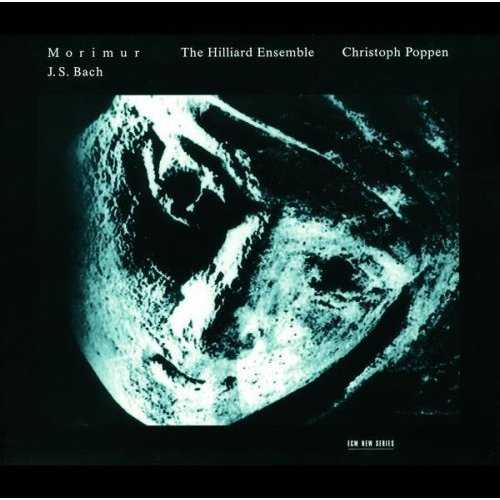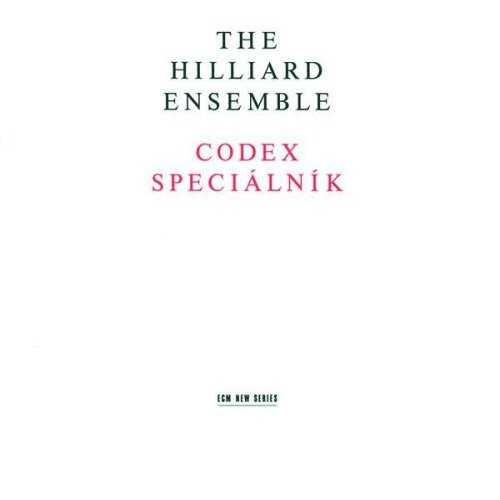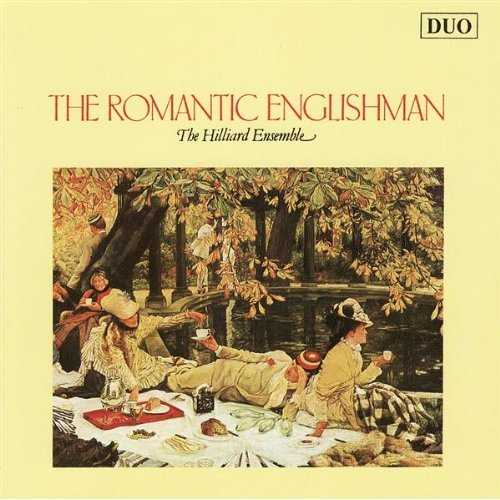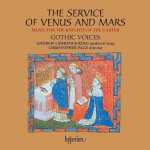
Performer: The Hilliard Ensemble
Composer: Queldryk, Byttering, Thomas Damett, Pycard, et al.
Audio CD
Number of Discs: 1
Format: APE (image+cue)
Label: EMI
Size: 224 MB
Recovery: +3%
Scan: yes
01. Gloria
02. Pia Mater
03. Nesciens Mater
04. Nesciens Mater
05. Beata Dei Genitrix for 3 voices
06. Gloria
07. Credo
08. En Katerine Solennia
09. Credo for 4 voices
10. Beata progenies, plainchant, for baritone
11. Beata progenies, for 3 voices
12. Sanctus for 3 voices in F
13. Ave Regina caelorum
14. Ave Regina caelorum for 3 voices
15. Sanctus
16. Agnus Dei cum tropis Quem virgo concepit ad missam in aurora
17. Qualis Est Dilectus for 3 voices
18. Agnus Dei for 3 voices
19. Alma redemptoris mater, plainchant, for tenor
20. Ascendit Christus for 3 voices
21. Agnus Dei cum tropis Quem virgo concepit ad missam in aurora
22. Are Post Libamina
23. Stella Celi for 3 voices
24. Salve Porta Paradisi for 3 voices
25. Post Missarum Solennia
How did European music develop such complexity and sophistication in so short a time, leaving all the rest of the world behind? From the earliest written polyphony of St. Martial and Notre Dame, toward the end of the 13th Century, to the ars nova of the 14th C, to the musical gems recorded here from the Old Hall manuscript of 1410! Believe me, these small three-part compositions pack incredible harmonic and rhythmic sophistication and require the virtuosity of singers like the six members of the Hilliard Ensemble.
Two factors come to mind, to explain the rapid evolution of polyphony. First, that it emerged from well-established traditions of improvisation, of decorated part singing, which needed only a system of notation to become quickly elaborated. Second, that the culture of the High Middle Ages was saturated with music. The singing monks and cathedral chorists literally sang all day. Many monks, in fact, did nothing else but sing. They knew hundreds of hours of plainchant by heart. There’s no way a person of our era can conceptualize how central music was to the lives of Medieval intellectuals, almost all of whom were ’employed’ by the Church.
All the pieces recorded here are in Latin. Some are standard sections of the mass, but all the rest are liturgical — antiphons that were intended for insertion into the cyclic chanting of the liturgical “Hours” amid the plainchant recitation of the Psalms. They were never heard alone, and of course were never meant for a concert audience. The manuscript was probably prepared for the Chapel Royal or for the private chapel of a prominent member of the English court. Thomas, Duke of Clarence and brother of Henry V, has been mentioned as a possible patron.
This performance includes 25 short pieces, the longest being only four minutes, and each piece is an intense burst of mathematical intricacy, chiefly examples of ‘isorhythmic’ polyphony. The music is of such delicacy and variety, nevertheless, that piece flows to piece with no sense of tedium or repetition. This repertoire is the homeland of the Hilliard Ensemble, and they sing it better than anyone. Countertenor David James has the perfect vocal ‘instrument’ for this music; it’s his clear tones that project most of the rhythmic urgency. His fluid expressiveness, of course, depends on the rehearsed tightness and perfect tuning of the tenors and baritones. This CD represents the Hilliards at their best.




wow, thanks whatever, I was listening to a shirley rumsey album last night and was going to come on here today to request some early music…I get here and you’ve already begun without me!
You’re a star. My second hard disk is nearly full dammit…
A thousand thanks, as ever
you are welcome, my friend. hope you enjoy it!